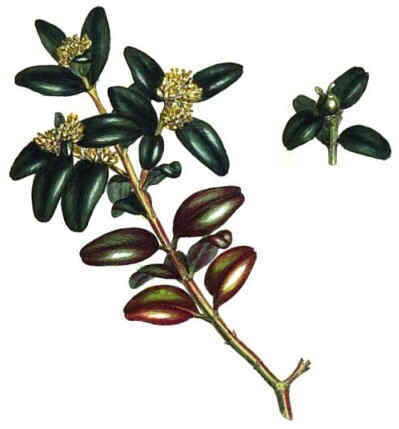Contents
- 1 How to water cacti and succulent plants?
- 1.1 How to irrigate succulent plants?
- 1.2 Growing cacti and other succulent plants
- 1.3 How do you notice the lack of watering in succulent plants?
- 1.4 When to water succulent plants?
- 1.5 Watering cacti and succulents in winter
- 1.6 Soil type to grow cacti and other succulents
- 1.7 What is the best way to water?
- 1.8 What water is the most suitable for watering?
- 1.9 Types of water that are not suitable for watering succulents
How to water cacti and succulent plants?
How to irrigate succulent plants?

Succulent plants are fairly easy to grow, if you provide them with the necessary water and fertilizers. When dealing with plants that grow in dry places, the lack of humidity is not usually the most worrying factor; on the contrary, this type of plants usually present fungus problems due to excess moisture. Therefore, when watering succulent plants it is always important not to irrigate them to much.
Growing cacti and other succulent plants
Before continuing, it is worth clarifying that in the succulent plants classification there is a great variety of plants, among which cacti stand out. But in addition, there are other plants that are not cacti and that also have succulence as an adaptation mechanism to dry climates, or lands with little capacity to retain water. This watering guide is intended for all succulent plants, including cacti.
How do you notice the lack of watering in succulent plants?
The lack of irrigation in this type of plants is always easy to verify since, in this situation, they shrink and lose weight. The advantage is that, when supplied with water, they quickly swell and recover.
When to water succulent plants?
As a general rule, the soil will be allowed to dry between one irrigation and another. It is the own experience, more than the exact indications, that will determine the exact moment in which this should take place. It is usually quite usual to water once a week in the summer and to space the periods at other times.
Watering cacti and succulents in winter
During winter they will be watered very little or even they will be left without watering, except when the plants are grown indoors, in which case they should be watered when the soil dries.
Soil type to grow cacti and other succulents
Keep in mind that the ground has good drainage, so that the soil does not get puddled, or that there is no water stored in the dish, which must be emptied after each irrigation, when the soil has drained well. An excess of water rots the roots and spoils the entire plant.
What is the best way to water?

It is convenient to wet the soil directly, without wetting the stems or leaves of the plants. An excess of moisture in them can cause the appearance of stains or rot. If the stems or leaves are wet in hours of sunlight, the drops can act as magnifying glasses and cause burns to the skin. For this reason, it is advisable to water these types of plants in the early morning or late afternoon.
What water is the most suitable for watering?
The best water for succulents is rainwater, which can be collected and saved for this use. Succulents don’t like cold water, they prefer it to be warm or even a little warm. Therefore, in the case of collecting water and storing it in a well, it is better to take it out in a container a few hours before using it and leave it in the sun to warm it up a bit.
Tap water contains chlorine, salts and other substances that accumulate in the soil and is not beneficial. You can choose to buy or manufacture a solar still that provides quality water at home.
Types of water that are not suitable for watering succulents
Limestone waters are very inconvenient. They prefer waters with a lower pH, although this should not drop below 4. Nor should water with a high content of salt be used, because it accumulates in their tissues and causes great damage. If we want to use limestone, we can neutralize the lime using some type of acid, such as citric, phosphoric or nitric acid. Adding a few drops of vinegar or a little lemon juice to the water would achieve similar results.
To get rid of chlorine in the tap water, just leave it in a container for a few days so that it evaporates. In order that mosquito larvae do not develop, you can pour a little olive oil on it. This will form a film that will not allow the females to lay their eggs directly on the water.
![]() More information on succulent plants
More information on succulent plants








